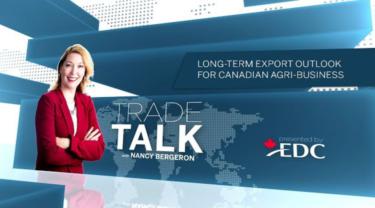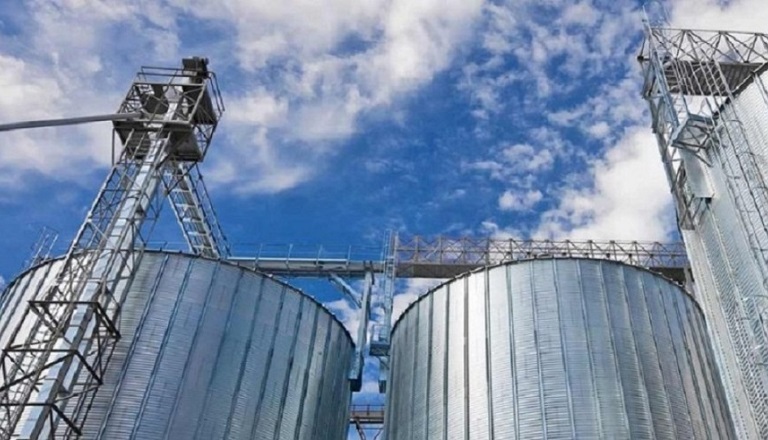So, you’re ready to export into or expand your operation’s foothold. How do you go about finding and connecting with global customers?
Trade shows are certainly one possible answer — but which ones? The benefits of attending the right trade show are certainly worth the effort it takes to find out. In new markets, they can be a valuable introduction to potential customers and partners. In existing markets, they can help you consolidate or increase your sales base. And, either way, they can help you gain competitive information and industry intelligence while raising your corporate profile.
There are three essential steps you should follow when deciding which trades shows hold the most value for your company:
1. Define your objectives. Knowing why you are going will help you choose where to go.
2. Research possible trade shows. There are likely a great many options available to you, but not all will meet your needs. For example, in agri-food, top trade shows include:
a) SIAL-Canada
b) SIAL-Paris
c) SIAL-China
d) Canadian Health Food Association (CHFA) West
e) Canadian Health Food Association (CHFA) East
f) Natural Product EXPO EAST
g) Natural Product EXPO WEST
h) Anuga
i) BIOFACH
j) World Beef Expo
k) Agri-World
l) Sunbelt Expo
If agri-food is indeed your business, it would make sense to start by looking at the top markets that receive Canadian exports. With the U.S. as the biggest, and then in descending order, they are:
- United States
- Mexico
- EU
- China
- Japan
- India
3. Evaluate your options. There are several effective ways to do this, as you’ll see when we get into greater detail below.
It sounds simple, and for the most part it is, but defining your objectives is an important first step that affects all the rest. Direct sales, lead generation, securing sales, face-to-face meetings with existing customers, scouting for partners and enhancing awareness of your company and its offerings are all legitimate reasons to consider attending a trade show. They may also help you to evaluate a new market, both in terms of opportunity and competition. For example, in agrifood our traditional trading partner has been the United States. However, there are burgeoning opportunities in such markets as China and India with their growing middle-class populations looking for new sources for fresh foods such as lobster and blueberries.
When setting objectives, be as clear as possible, and don’t expect too much from a single event.
With your goals established, you can start building your list of shows to consider — the longer, the better at this point. Your trade association is a great place to start, as they likely keep tabs on industry-specific tradeshows and can provide targeted information. Trade publications are handy for the same reasons.
Other sources you can try include chambers of commerce, convention centres’ and visitors’ bureaus, or you can take a look at what the competition is doing. Online research can be very effective as well. There are a growing number of sites dedicated to trade shows, such as All Conferences, Events Eye and The Tradeshow Calendar.
You can also find up-to-date information about international trade shows relevant to Canadian exporters in CanadExport, the online magazine of the Canadian Trade Commissioner Service (TCS). Check out the issue’s Trade Events section for details.
Now it’s time to evaluate your options. How would each show fit your overall business plan and current marketing strategy?
To answer, it may be helpful to categorize shows based on size and audience. Is it a major trade show or a second tier event? Is it devoted to a specific sector or specialized audience, or is it more general? Is the scope regional, national or international? Does the show listing include business demographics? If so, how close do they match your customer profile? If one is not readily available, ask the show organizers for a profile, as they might have at least anecdotal information.
All of these are important considerations. Large international shows are more likely to attract senior decision-makers, while smaller and more narrowly focused ones may have an audience with more prospects that are pre-qualified for you. Consumer-focused trade shows may be a better bet if you are selling directly to end-users.
You can also rank shows based on total cost to attend vs. potential impact. Smaller shows are typically more affordable, and may fit your current needs just as well as larger ones. Then again, maybe the splash you can make at a major event is worth the added cost. Trade show costs are variable, but can add up quickly. Depending on the event, some of the things you can expect to pay for includes:
- Registration fees and exhibit space
- Travel expenses, accommodation and meals
- Electricity use
- Security, general labour and janitorial services
- Exhibit production and shipping
- Equipment for demonstrations or presentations
- Marketing collateral and pre-show publicity
- Temporary staff and training
- Hospitality for clients and contacts
If cost is an issue — and when isn’t it? — taking advantage of government resources can help. With Global Affairs Canada’s CanExport Program, for example, you could get up to $100,000 to reimburse up to 50 per cent of eligible expenses to promote your business in new international markets. This includes the cost of attending trade shows.
It’s also worth checking to see if a Global Affairs Canada trade team will be on hand, as they can provide valuable personal introductions, and may even have a pavilion set up in which you can participate at a lower cost. Also, if you contact the Trade Commissioner Service ahead of time, they may be able to provide specific advice and referrals.
Finally, and there’s no way around this, you just have to choose one. Pick the show that seems to be the best fit based on your established objectives, your customer or partner profile, your budget and timeline.
Be sure to prepare thoroughly beforehand so you can make the best possible impression — but that’s a topic for another day! Afterwards, do a thorough analysis of your ROI from the show. Did participation help you meet organizational goals? Knowing how much you spent to generate each lead or incremental revenue gain will help make your decision far easier next time around.








